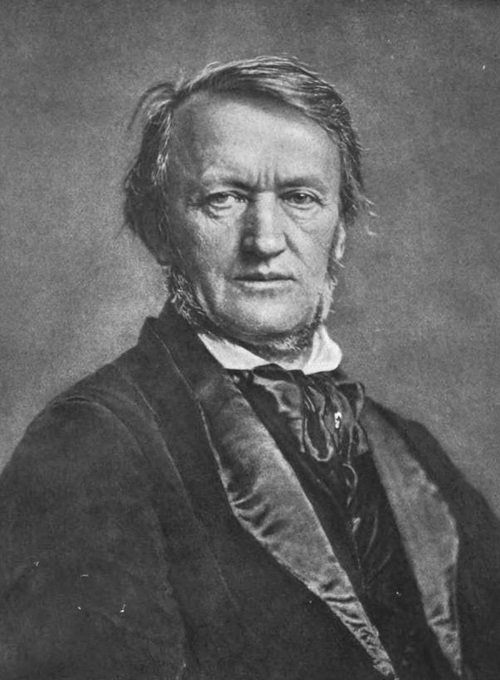Una Voce Poco Fa - Giachino Rossini
When the piece begins, it seems that the rhythmic pattern 16th - dotted 8th -16th is pretty important. But overall I think the introduction (before the vocal lines comes in) moves playfully, like skipping. The vocal line seems difficult because of recurring use of borrowed time and notated melismas (if 4 notes for one syllable is considered a melisma). I think the violins also have some difficult lines because aside from the small note values played quickly, they have to play triads, there are also lots of tied notes. At m44, the time signature changes from 3/4 to 4/4. At m68, the violins don’t play on the downbeats, so all of this further makes the music sound playful. At m90, the syllable “-dar” is very, very ornamented and it hits a very high note. At m112, it’s another new rhythmic pattern and I have no idea how that would be sang but the singer can do it and I find it astonishing because the rhythm so far (for the vocal line) has been really tough. Before the singer ends her part, she does another very ornamented, technically demanding thing to her 2nd to the last syllable. And the very last word ends with that rolling rrr that Italians do.
🎵🎵🎵🎵🎵🎵🎵🎵🎵🎵🎵🎵🎵🎵🎵🎵🎵
Una furtiva lagrima - Gaotono Donizetti
The instrumental accompaniment is arpeggiated and its lines are simple, nothing too attention-seeking as it really accompanies the singer’s vocal lines. Also the time signature is not strictly followed (I think it’s 3/4), which gives the singer space for expression. The singer’s lines tell his feelings for the person he loves, how he’s observant or sensitive about the person and how he wants to make it right for the person. At 3:15, the singer sings a prolonged high note and the instruments almost cease, letting the ending be a solo for the singer. The instruments return to accompany the singer’s facial expression of sad wonder.
🎵🎵🎵🎵🎵🎵🎵🎵🎵🎵🎵🎵🎵🎵🎵🎵🎵
Vaga Luna - Vincenzo Bellini
The piano accompaniment begins the piece with soft-sounding and songlike melody and arpeggiated harmony, suggesting that the piece is gentle and sweet. The singer also performs her lines like that, so overall the piece is dreamlike and like a lullaby that makes me want to fall asleep and forget all the problems and just fall asleep knowing I’m loved by my dearest mother. The form seems to be A A at its most basic, because the 1st and 2nd half sound the same. There is also a main theme that is recurrent all throughout the piece and that theme was also played by the piano at the very beginning. There are some altered notes but it doesn’t take away that lullaby-ness. I take the altered notes as those moments of hardships that a mother willingly takes because she loves her child/ren.





